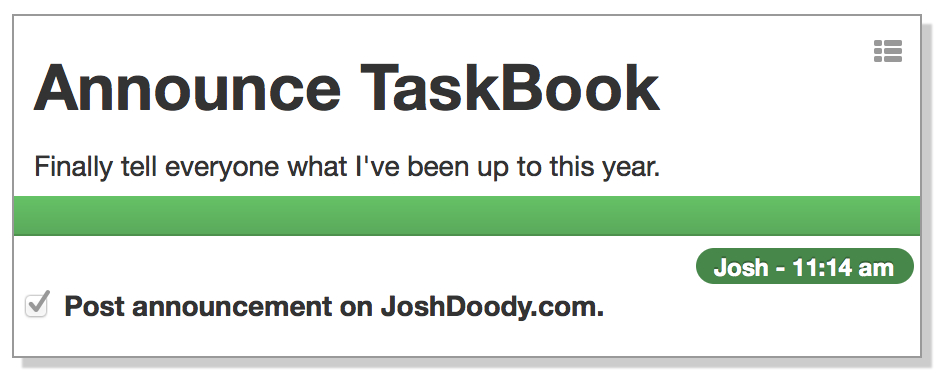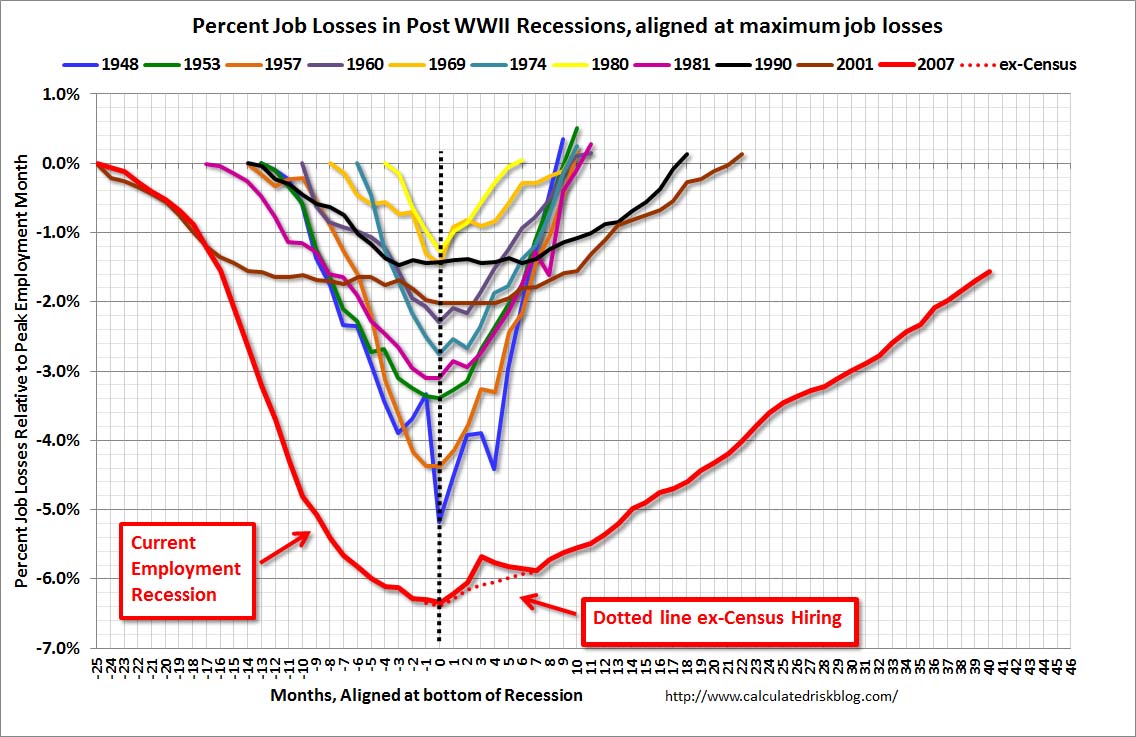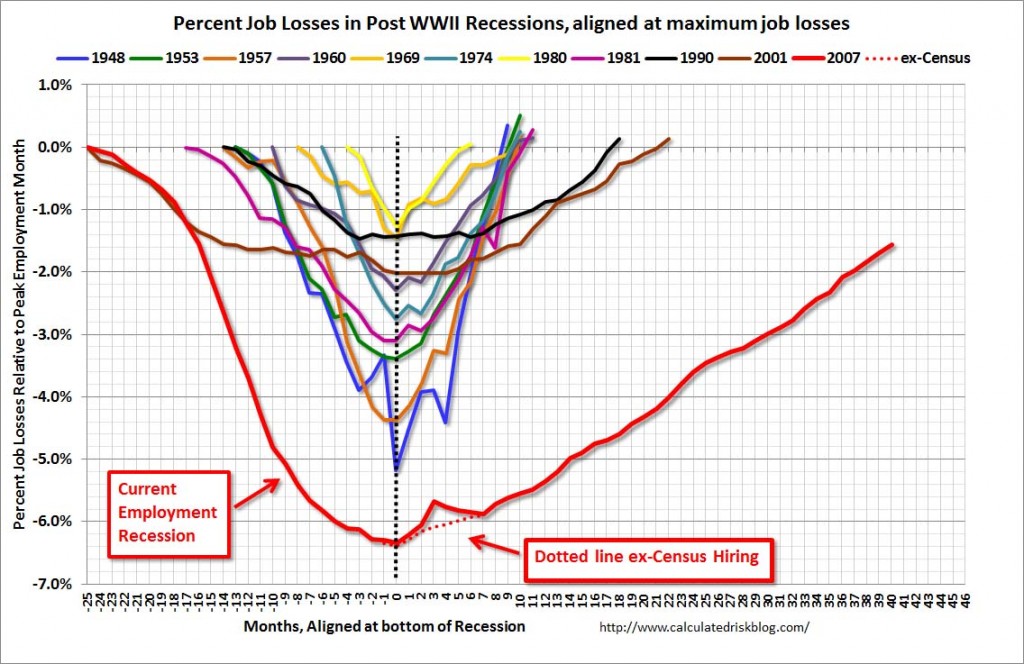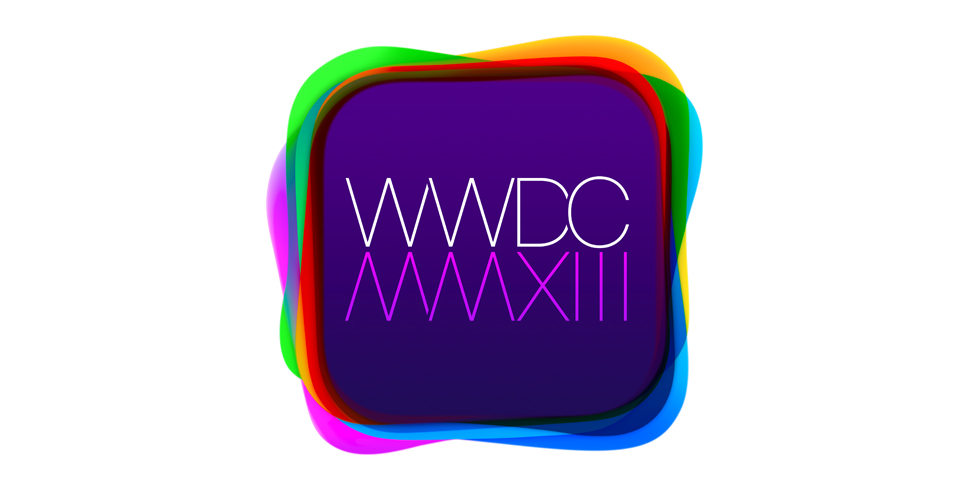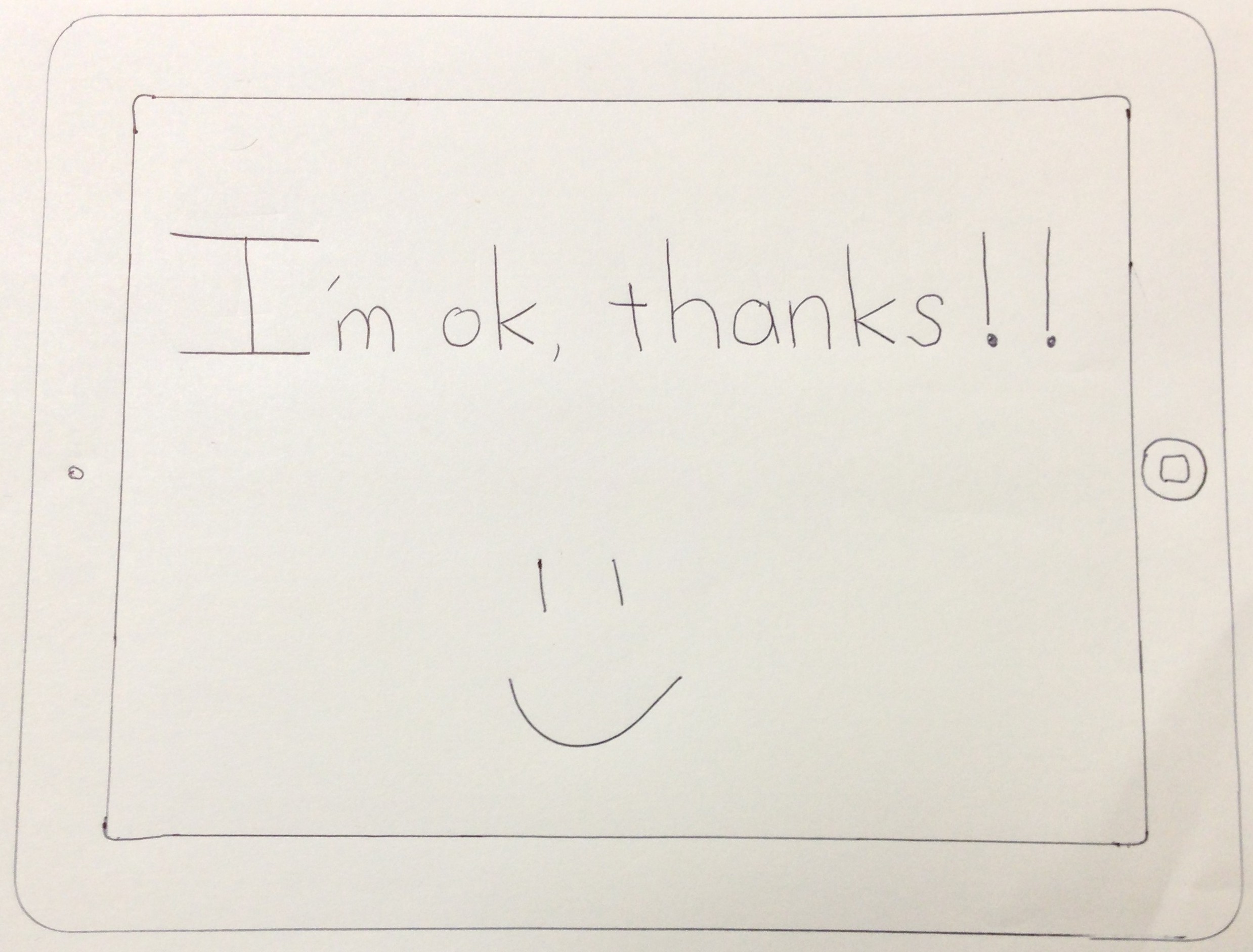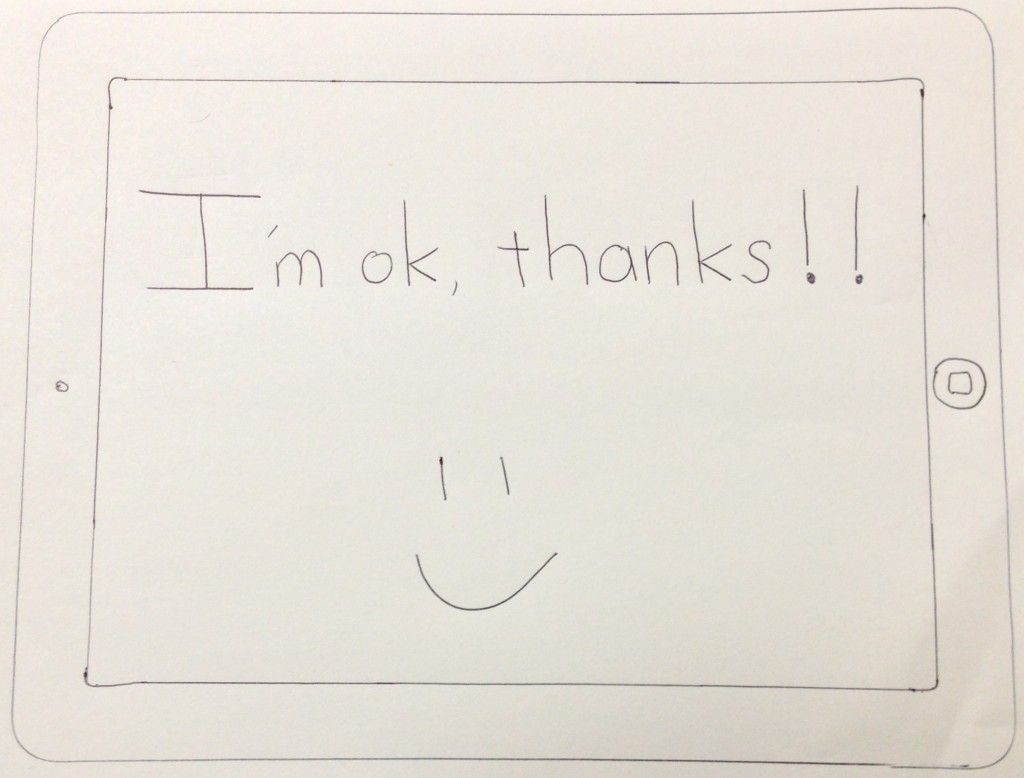
Gizmodo does a feature called “Chatroom” where they post a question and ask readers to weigh in with their opinions, insight or whatever. I was recently browsing Gizmodo when I saw a Chatroom feature entitled: “How Do You Share Links Between Devices?”
It turns out I spent about a year building a thing called ShareAppeal, which can be described as “a way to share links between devices”. I thought, “Hey! What are the odds that Gizmodo would ask a question, and my answer would be, ‘I actually built a web app specifically to do that thing!’?” Not only that, but it was a Chatroom, so the whole idea was to get people to chime in and tell other readers (and Gizmodo) their solutions to this problem. Serendipity: I had a great answer to Gizmodo’s question and I could tell people about ShareAppeal, and the people I would be telling have to be interested in what ShareAppeal does because they’re reading comments on a post about what ShareAppeal does. Everybody wins!
Not so fast! I hadn’t registered for Gizmodo because I basically don’t comment on posts on any site. I’m more of a grazer and not one to dig in and leave comments. I occasionally comment on something, but it’s really, really rare. So I registered for an account, linked it to my Twitter account, and viola!, I could leave a comment:
I actually created a web app (ShareAppeal.com) specifically to facilitate link sharing. Each user has a reading list. Mutual followers can share links directly to each others’ reading lists, comment on links, save others’ links to their own reading list. It also integrates with Twitter to pull in links from my feed, so they’re easier to find and save for later.
It’s come in handy for me and my friends.
I tried to give a summary of what it does without being too spammy, and avoided any kind of “call to action”. I hit “reply” and let it fly.
Then I waited a while. Since I had just registered for a new account, I figured maybe it took time for the account to get verified or something. After some hours, it still wasn’t showing up as a comment on the Chatroom, so I reached out to Gawker Media Support :
I added a comment to this post several hours ago, and it’s not showing up. I can see it when I’m signed in, but not when I’m signed out. Did I do something wrong? Thanks! Joshhttp://gizmodo.com/5961477/how-do-you-share-links-between-devices
My username (Gizmodo) is JoshuaDoody, and I’m authenticated via Twitter.
To be honest, I didn’t really expect much to come of this email. It was a Sunday afternoon and I didn’t know if this was even the type of question that Gawker would answer.
But, I did get an answer, and it was a pretty good one :
Josh,
It looks like your comment was probably marked as spam, due to its self-promoting nature (unfortunately, we only allow self-promotion in a limited capacity) Try re-wording your comment ( make it more casual) and try reposting. Let me know if anything else comes up!
–[Support Guy]
Gawker Media Help Desk
I wanted a little more clarification since I wasn’t exactly sure how to address the “self-promoting nature” of my comment since I would have to self-promote to some extent if my reply were to have any substance. I figured I’d try replying to the email to see if I would get another response:
Hi [Support Guy]
I’ll try rewording, but it would help to know if there is something specific I could do to avoid being spam-flagged in the future. Is it ok to have the URL for my web app in my comment? Do I need to reduce the description? It would also be great if there were something to tell me “your comment got canned as spam – try again”. As far as I can tell, I have no way of knowing what happened to my comment after I posted it.
Also, it seems like it might help to have smarter spam filters. Technically, my post is self-promoting, but I’m directly answering the question “How do you do this?” with “I created a web app specifically to do this.” It’s not like I’m spam-bombing random threads with random links.
Anyway, thanks for the reply. I’ll try a more generic comment. It would be really helpful to know if I can include a link to my app, though.
Josh
I wasn’t sure if there was an automated spam filter or if a person was reading and moderating comments. I figured maybe the link to ShareAppeal was being auto-flagged as spam or something.
Support Guy replied as I was writing my new comment:
Josh,
Including the link shouldn’t be a problem, again, just reword it so that it sounds more like a recommendation than self-promoting – regardless, let me know if anything else comes up.
–[Support Guy]
Gawker Media Help Desk
And I went ahead and replied a few minutes later:
[Support Guy]
This is really helpful – thanks for taking the time to respond to me and point me in the right direction.
I’m writing another comment now – hopefully this one gets through.
Thanks!
Josh
PS I’m sensitive to how hard it is to police spam and self-promotion. I just thought it was strange that the point of this particular chatroom was, “How do you do this?” and it seemed like the only acceptable responses were things people already knew about (Evernote, Chrome extensions, iMessage, email, etc.). Seemed to defeat the purpose of the post (finding ways others hadn’t thought of). BUT, I get it now, and I’ll give it another shot. Cheers!
And I posted my revised comment to the Chatroom:
I used to either email links or send them on Facebook or Twitter, but it was tough to keep track of stuff scattered all over the place, and the links themselves would get buried under other stuff or just lost. So I just ended up creating a web app (ShareAppeal.com) specifically to help me save links and share them with my friends.
And I sent off another email to let Support guy know that I’d tried again, hoping maybe he could help shepherd my new comment through the moderation/approval process:
[Support Guy]
I created a new comment, but can’t find a way to do anything with the old one (delete it). Two questions:
1. Is there some way to delete the old one (if it even matters).
2. Here’s my comment – if there’s anything you can do to help it through the spam filters, that would be great: “I used to either email links or send them on Facebook or Twitter, but it was tough to keep track of stuff scattered all over the place, and the links themselves would get buried under other stuff or just lost. So I just ended up creating a web app (ShareAppeal.com) specifically to help me save links and share them with my friends.
Thanks again for your time and help
Josh
This is where things start to get a little weird, and I realized I probably wasn’t going to be able to post any meaningful comment to the Chatroom. Support Guy replied and even suggested a rewording of my comment:
Josh,
Unfortunately, due to our terms and conditions, we are not allowed to delete any comments ourselves, however, it shouldn’t matter anyway.
As for the comment: Again, it sounds a bit too ad-like (keep this in mind: not only do you have to go through the spam-filter, but you also have to go through the mods who read this stuff- if it sounds too much like an ad/too much like self promotion, they’ll dismiss it too)
Try something like this: “I hated the fact that there wasn’t a way to keep track of all the links I wanted to share/send. so I said, screw it, I’ll build my own app. So far, it seems to be doing the trick (try it here: <link> ) – let me know what you guys think!” [Emphasis mine]
Keep it casual (again, don’t make it sound like an ad /too much like self promotion) and keep it to the one comment (if you continue to promote in general, the system will probably mark you as a spam account). [Emphasis mine] Again, we don’t allow too much self promotion, but if you’re proud of your app, then make it more about you than the app itself. (tell us what led you to make this app in the first place, rather than why people should use it- see the difference?)
Any who, let me know if anything else comes up!
–[Support Guy]
Gawker Media Help Desk
Well, that’s a little odd. The content of his suggested comment is more or less the same as mine, except he’s using exclamation points and actually asks people to visit the site. He also switches to a sort of college student dialect. He recommends keeping the link, though.
The stakes have also been raised: I’ve now submitted two comments that are apparently being flagged as spam, and there’s a risk I could get marked “as a spam account” if I keep trying and failing. So this is a nice little Catch-22: I can water down my reply so it’s non-specific or mentions other services that people already know about, and that’ll probably get posted; or I can try to answer the question specifically (which seems to be the purpose of the entire Chatroom) and risk getting marked as a spam account. What to do? I decided to just hope my latest comment made it through the filters, but not to try posting again lest I be banned.
I also found this a little confusing since it really wasn’t any different than mine except it seemed to have been run through a “regular guy-to-college guy” translator or something. I sent off one last email to Support Guy (never got a response on this one):
[Support Guy]
Thanks again for your input. Honestly, I think my second comment is much less self-promoting than your example. For instance, I don’t ask anyone to give me feedback (that seems spammy to me).
Is there any way a mod could see my post and manually evaluate it? Or maybe the author of the post/chat room on Gizmodo (Eric Limer) could see it and approve it?
It seems like the system is sort of breaking down here. I think my answer to the chat room’s question is about as direct AND unique as possible. I’m not asking for clicks, spamming, etc. your example and mine are only SLIGHTLY different and almost all the difference is in style, not content. The main difference is you ask for feedback and I don’t.
(I’m not trying to pick a fight here. I’m genuinely unsure how I could contribute to that thread and answer the author’s question any better or more directly.)Thanks again for the dialogue – I hope you’re having a good weekend!
Josh
And so, neither of my comments was ever posted to the Chatroom. I didn’t try again because I was concerned about being flagged as a spam account. But what’s crazy is mine might have been the most unique possible answer to the Chatroom. The whole reason this particular Chatroom was useful is that the ways people already share links are pretty hacky: Open a new tab in Chrome so it syncs through the cloud – that works for one person, but what about sharing with someone else? Evernote – same thing. I actually had a unique take on the question, but I wasn’t allowed to post because I was sharing info on a tool that wasn’t already mainstream. Round and round we go.
It would’ve been great to share ShareAppeal with people who could really use it, not only because I think it’s a great little app, but because they may have given me new feedback that I haven’t gotten from the current beta testers. That seems like a win-win to me. But my comment was no match for Gawker’s convoluted comment approval system. C’iest la vie.
